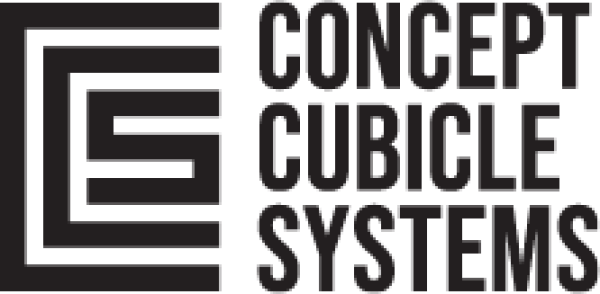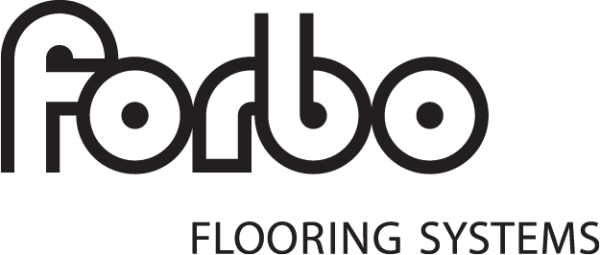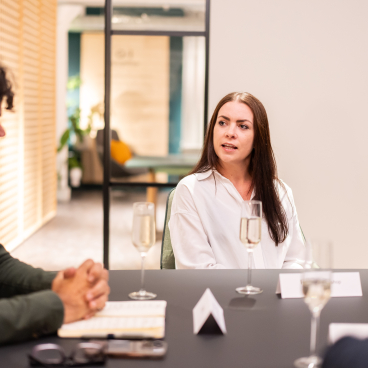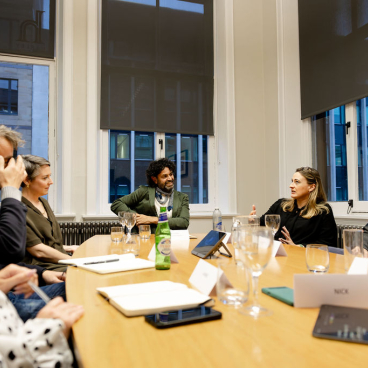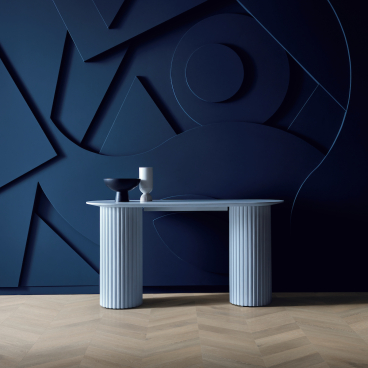Material Source Studio Presents: Workplace - Then, Now, Next.
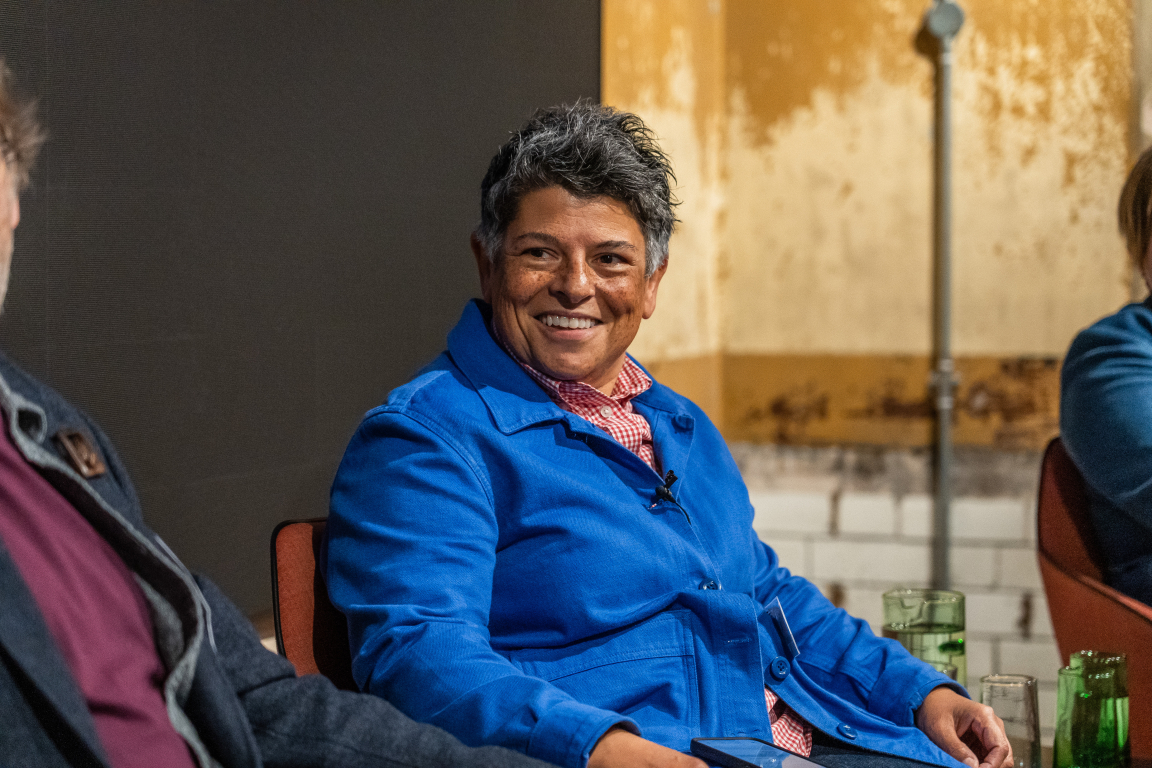
Credit: Tim Ainsworth
What is workplace? It's a question that has gained much significance following the enormous global shift to hybrid work during the pandemic. If we can work from anywhere, what is the purpose of the office?
The AWA Hybrid Working Index - which features data from 119 offices across the globe, representing a total population of 155,000 employees operating in 15 sectors and 22 countries - reported in their findings that average office attendance is 35%, with peak attendance reaching only 42%. With hybrid still clearly the norm (not the 'new normal' - more on that later), we are keen to continue the conversation as to the importance of the central workplace, and its relationship to off-site working.
Reflecting on their own experiences of workplace during and post-Covid, and looking ahead to the future, Tom Crame, head of global workplace, Amnesty International; Clare Bacchus, global lead workplace, Barclays; and Simone Fenton-Jarvis, workplace strategy and change consultant & author of "The Human-Centric Workplace", joined host, Material Source Studio director, David Smalley, in conversation.
To kick off, David asked the panellists to cast their minds back to March 2020, to their "abiding memory from a workplace perspective of the days leading up to the pandemic?"
Then
"Uncertainty", replied Tom. "We had to consider how to go from the steady everyday, to something which no one was prepared for, or even equipped to understand what it would mean, or knew how long it would go on for. So we were searching for answers as to what would work for us.
"Internationally, we formed a crisis group made up of people from offices around the world. And using the best information we had from the likes of the UN, HSE and our government, we prepared for what may be coming down the line. As the pandemic moved across the world, it was an interesting time setting up all of our offices to work from home given their different infrastructure and expectations. Our key task was keeping campaigning and connection between teams going, and, generally, homeworking was straight-forward once people were set-up for it."
Clare added, "There are 80,000 colleagues at Barclays, and not all of them have a laptop. So in the speed of about two and a half weeks, we ended up getting a huge number of laptops in and around the world - transiting laptops across the continents to colleagues at home. So I remember that vital moment of crisis where we had to make sure everyone could continue to do their work.
"I also remember seeing leaders really struggling with the virtual world. It took time for them to adjust on how they managed and motivated their teams on the virtual highway. This was a pivotal moment in regards to whether you were going to make it or not."
"I found it all became very operational - getting teams back up and running again", continued Simone, "I quickly moved onto a project with the Ministry of Justice, to help them get 423 courtrooms back open up and down the country, because there was a backlog of over 87,000 court cases."
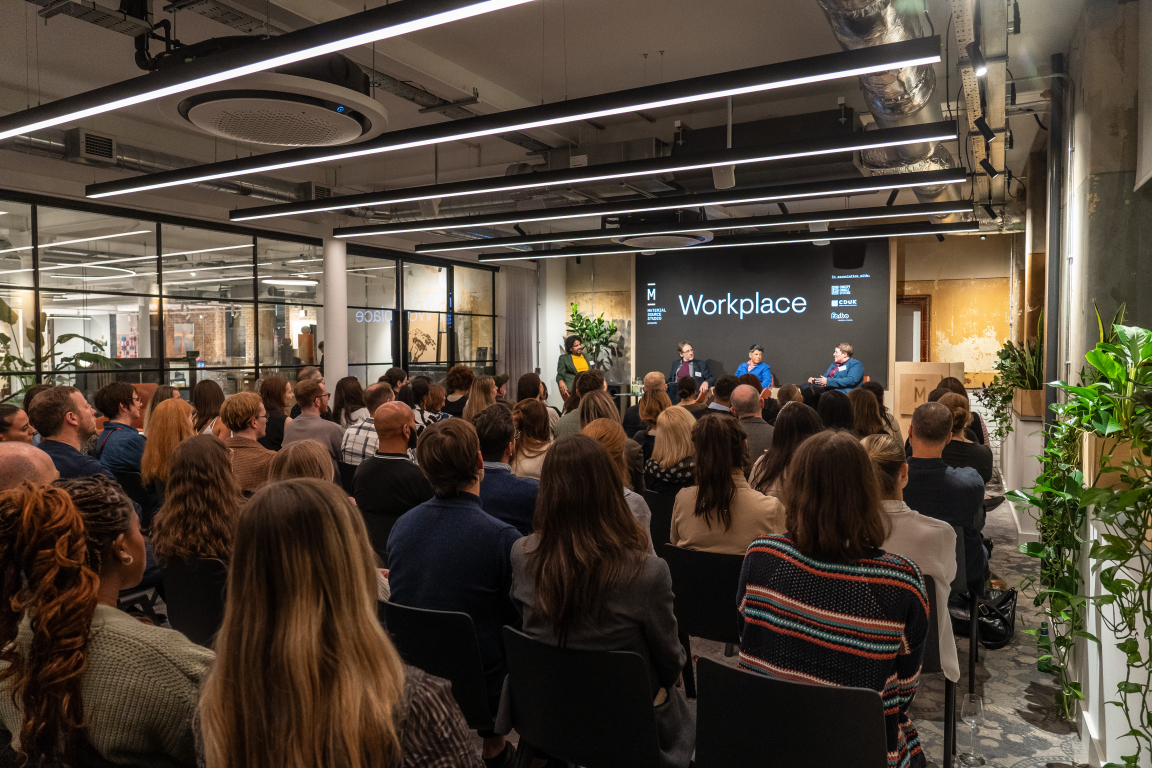
Credit: Tim Ainsworth
Moving the conversation forward a couple of years, David asked the panel, "What did you learn from that time, that you use now?"
"For me, it's been about developing relationships with my immediate team", answered Tom. "There has been a change of focus in the way we interact, because of all being remote, and it offered different insights into peoples' lives. So we've taken that forward, learning to be more interpersonal in how the team works together, and gels, while building more resilience and camaraderie."
"Where you one of those managers that had to work even harder to get a connection with your team?" David asked. "Yes", responded Tom. "And I learnt it the hard way because before Covid, things were generally comfortable and safe. And then suddenly this upheaval. And you realised people needed a lot of support - vulnerabilities came out - your own, and other peoples. Now, we try to have more fun as a team. Work and life became intermeshed in a way I hadn't thought about previously, so that - personally speaking - has been the biggest change for me."
Clare pondered whether during the pandemic strong relationships got stronger, and those that were weak, weaker. "At Barclays, we saw networks grow. But we also saw them weaken. Because all of a sudden, the social fabric that makes networks really powerful became very transactional. And what we found was teams that were strong together before the pandemic, proved to be closer."
"Personally, I learnt that it's important for me to take care of me - I couldn't work what felt like a 20-hour day anymore."
The subject of post-pandemic burnout is one widely reported. In a recent survey covered by Forbes, 51% of the participating US employers shared that their companies had been affected by their employees' deteriorating mental health post-Covid.
This is a topic that particularly resonated with Simone. "You're irreplaceable at home, but you're very replaceable at work. I learnt about loyalty. Those 20-hour working days are not sustainable."
An audience question asked how employees where, and moving forward, can be supported in achieving a positive work/life balance, particularly when working from home.
In Simone's experience, companies are setting core hours to ensure project teams are online at the same time for a portion of the day. "I encourage my team to pack away their things at the end of the day - don't even look at it when you've finished."
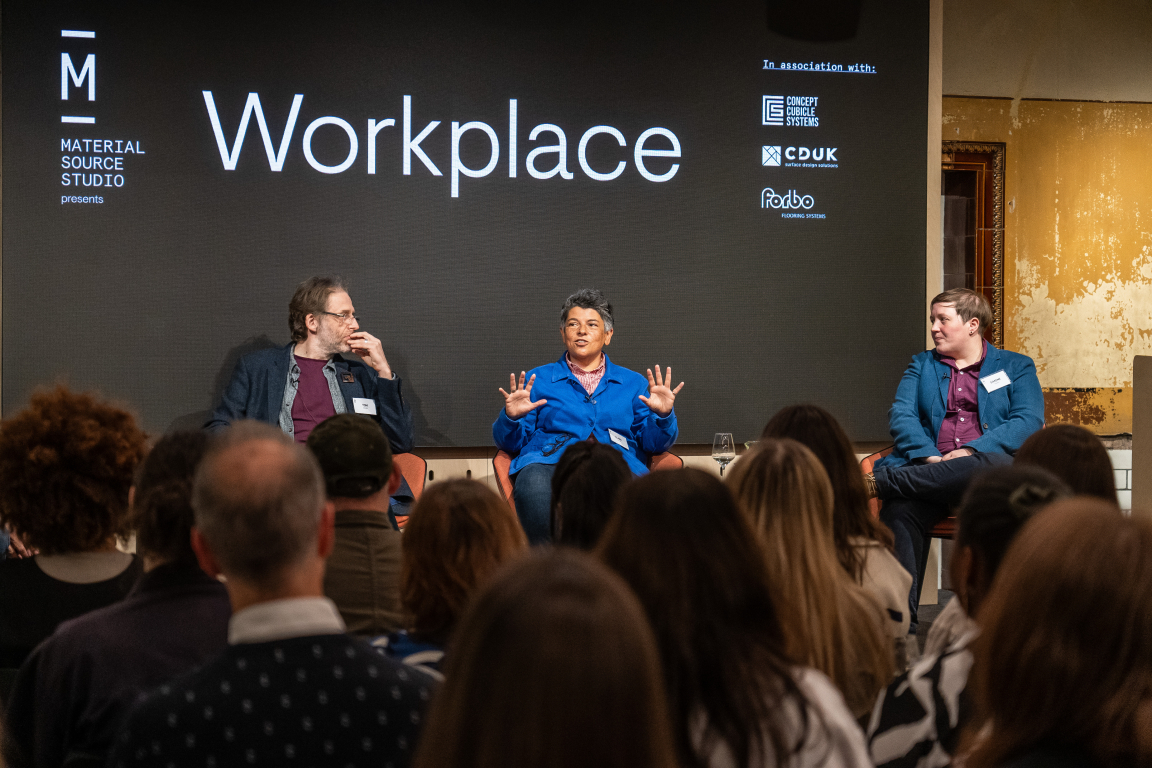
Credit: Tim Ainsworth
Now
With the very definition of 'workplace' put under scrutiny following the pandemic, David asked the panellists for their view of its meaning.
"For me, it's the person, the process, technology, and space", offered Simone.
"I think 'place of work' is more interesting than 'workplace'", responded Clare. "We've all discovered that work is untethered for the majority of roles. We describe it as being in the right place, at the right time, but I think that needs behavioural nudging to allow for the culture to change."
"And culture comes from where?" David probed.
"From the people, and their behaviours. You can have statements and goals but until you can embody that and people understand what that means, you can't achieve it. And it differs across different offices and different teams. That's the case at Amnesty", replied Tom.
"Now people think culture comes from the top", continued Simone, "but actually it's the behaviours and the actions of the middle management and everybody under them. In many cases, what the leaders think their culture is, is very different from what it actually is. There's a disconnect."
"It's a complex question to ask", commented Clare. "Barclays employs 80,000 people, it has a five-generation workforce across every continent, and yet we have to have a common calling and that feels very much about brand. And the brand is influenced by the leadership, and some if it even by what the people do when they're not at work, and some of it is tribal. We have to be thoughtful that culture comes from the top - messaging comes from the top, and direction of travel - how that gets translated feels very much within our gift."
A question from the audience asked how this is reflected in their own organisations' spaces. Tom's team is currently leading a refurbishment of Amnesty International's London office, where poster artwork is playing a key role in visually representing what it stands for. "Our culture is absolutely driven by justice - there is so much activism amongst the staff about what's right, and we try to reflect that in what we're surrounded by image-wise."
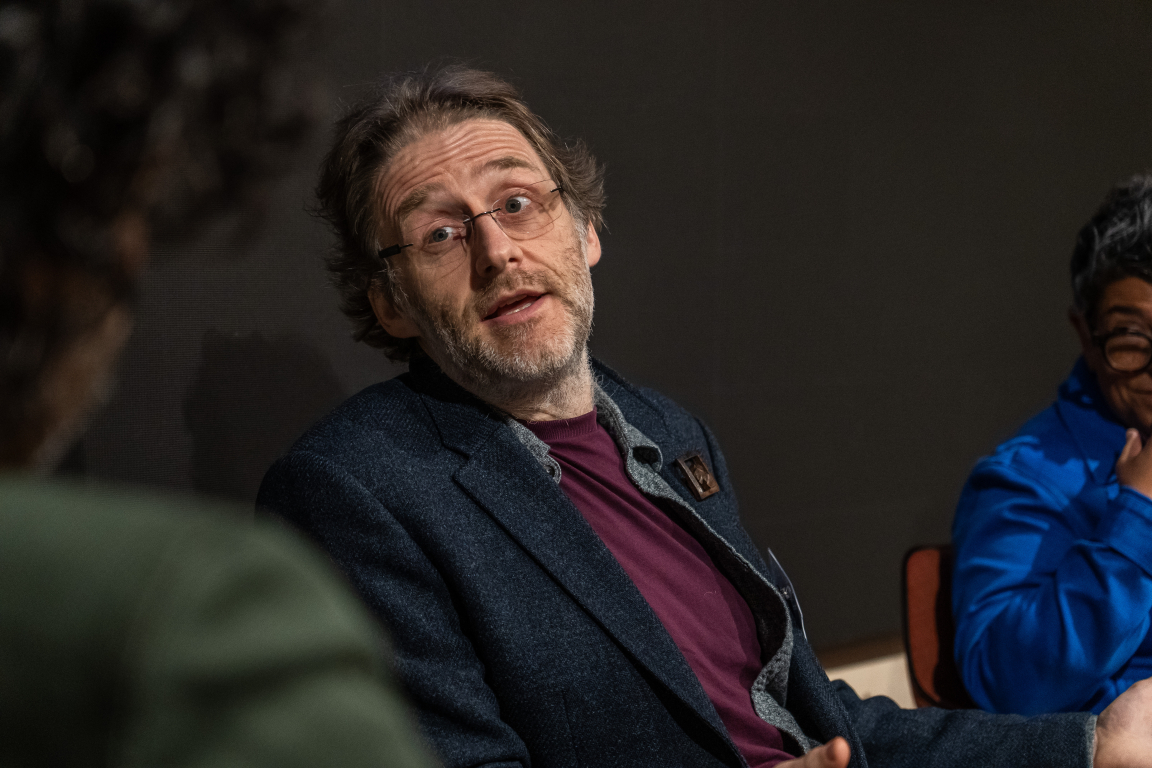
Credit: Tim Ainsworth
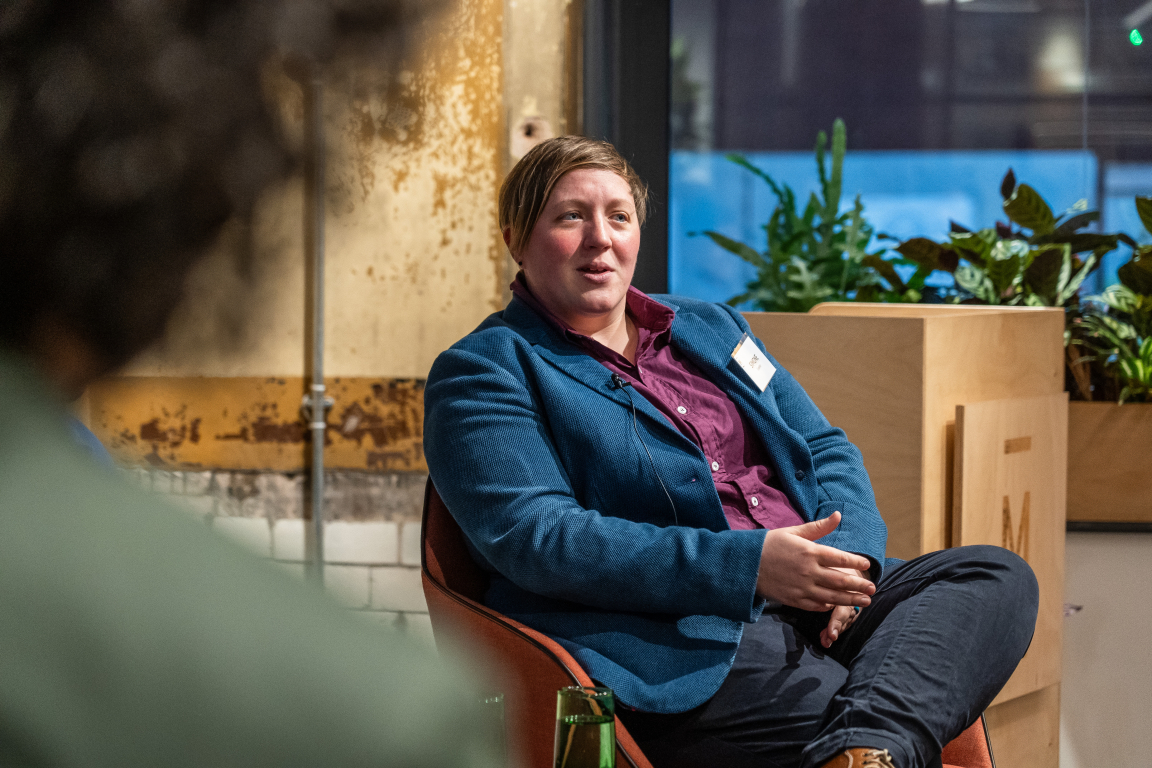
Credit: Tim Ainsworth
Flipping the question back to the audience, Clare said, "I need this room's help. One of the things I've found when working with designers and architects is they're so keen to get into the physical space. At Barclays, what we ask of our own project teams is to deliver buildings that reflect the brand experience - and, in order to do that, the briefing process has to be much more about how you want your environment to operate, how it will meet the businesses strategic objectives - not, how it represents design standards. All that's important, but that briefing process at the beginning has to move away from space, and much more into behaviour and what you want that building to do."
For a recent Barclays workplace project in Canary Wharf, Clare led a psychographic insight study to see how 1,500 employees used the space. The research was used to build the insights to brief in the design. "What that means is there are 1,500 people there who believe that the space has been designed for them, in the culture that they want to drive. They're the advocates, not us. And we got a much better product as a result."
Simone agreed this discovery piece is crucial. "If the 'voice of the people' gets removed, it becomes pointless to move forward. Culture is a lot about feeling - and if the people using the space haven't driven this then they won't use it. Workplace now - more than ever - has to be a destination."
As well as employee input being critical to a workplace project's success, Clare argued that "provocation is key. There is a need for this set to understand the different ways in which outcomes can be driven - we must ask better questions."
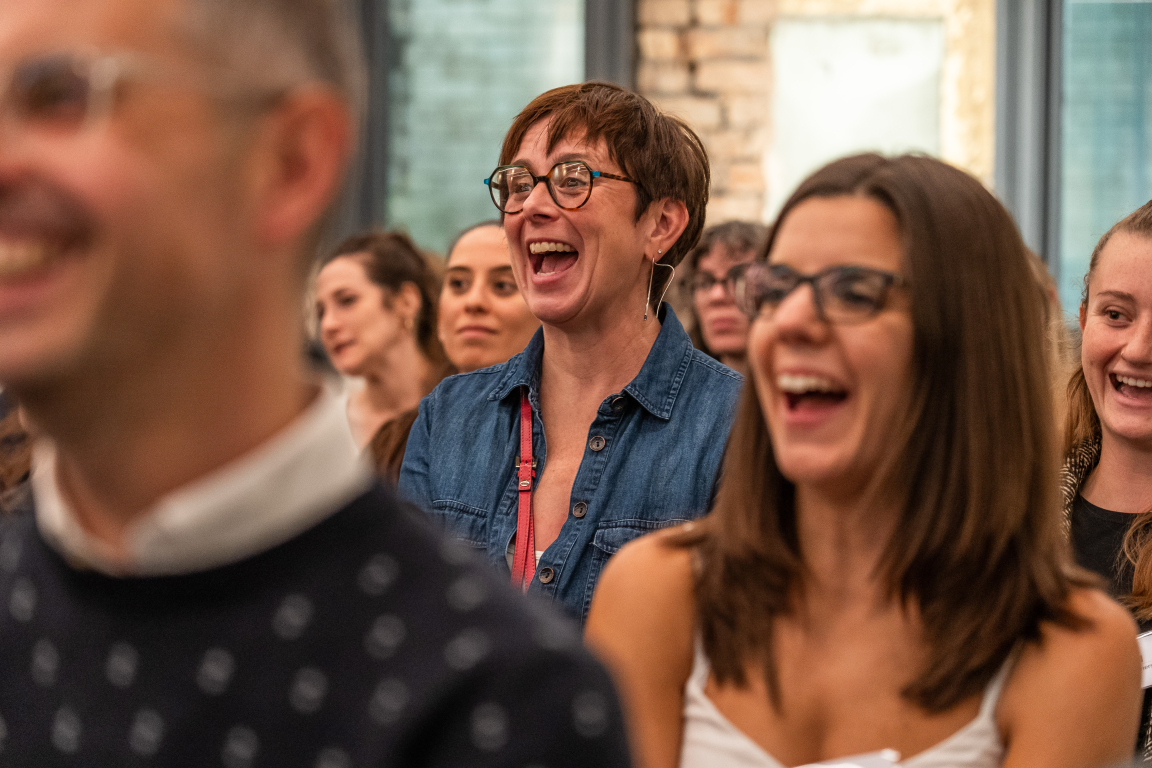
Credit: Tim Ainsworth
As stated in the introduction to this piece, the workplace sector has become rife with misconceptions, generalisations and buzz words to boot. David asked: "What can we put in the dump?"
"People saying you can't build relationships remotely" - answered Simone.
"The new normal" - commented Clare.
"You can only learn by being together" - added Tom.
"People who say the office is dead" - came a response from the audience. As well as "death of the desk".
The latter has been a much debated industry talking point, but the general consensus from the audience is that desks are still very much being included in workplace fit-outs, but perhaps in lower quantities. Space is different now, but not always less.
"We ran 5 workplace laboratories in India, the US, and the UK, for 5,500 colleagues, and here's what we learnt", shared Clare. "The desk is, essentially, your partner in the office. For people in process-orientated jobs, that's where they put their things. This is ingrained behaviour of a lifetime. So that relationship to the desk will never go away. But perhaps you're putting in less desks because you're getting less visitations into the office. We tried a 'work anywhere' approach, and interestingly, the graduates all gravitated towards a Wagamama-style table. And if you start putting in booking policies, for example, that completely changes behaviour."
"So, we still don't fully know what the future of workplace is, do we?" asked David.
"I think the moment we think we know, is the time we need to resign", commented Simone. "We can't take a cookie cutter approach across organisations. Things don't stand still."
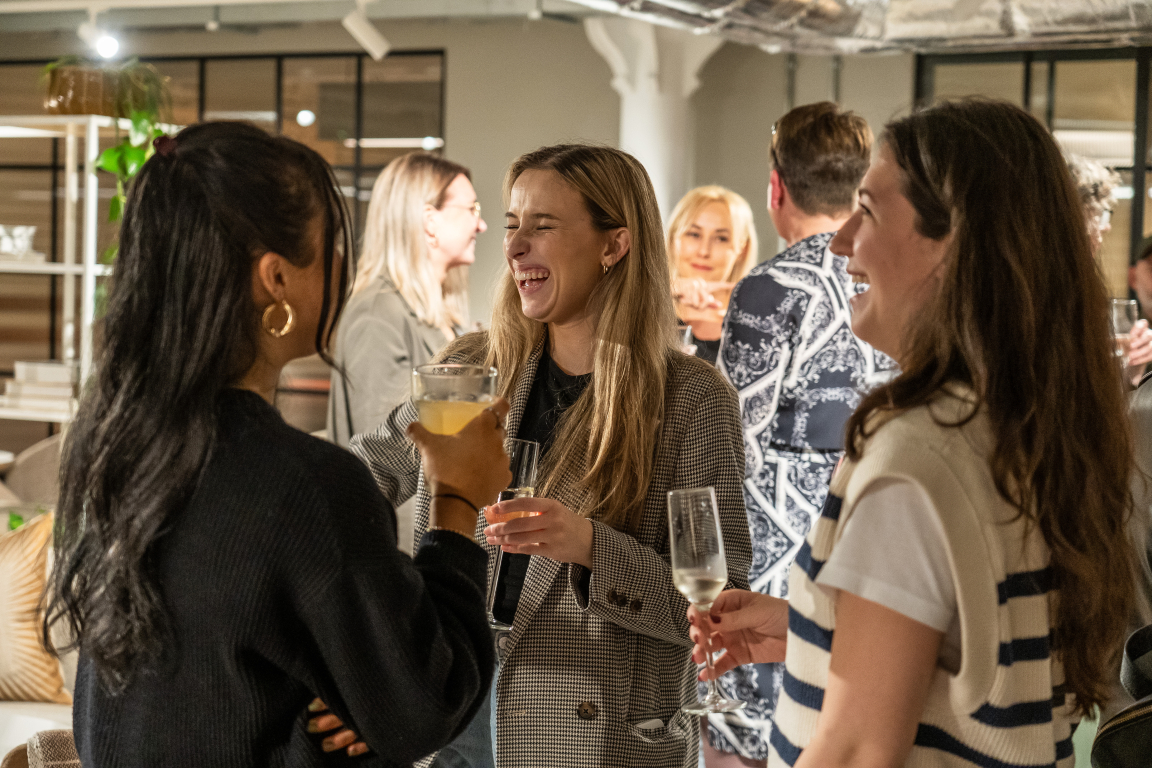
Credit: Tim Ainsworth
Next
Looking ahead, David moved the discussion onto whether the propensity is to see what others are doing next.
"Some are scared of making decisions because things are changing fast, and they don't know what the future holds", answered Simone. "But inaction is worse." Bravery was called for, backed by data and expertise.
Suggesting that the majority of clients are likely to steer clear of committing to anything too bold, Clare added: "There's something powerful about benchmark, and peer review. I think it's really about iteration. Things haven't stopped moving, so you've got to take your time. Have principles and let yourself expand around them. The more you can understand and get closer to the business strategy, the more opportunity it gives you in terms of having room to play and manoeuvre at a steady pace versus feeling you're transforming something.
"I don't think transformation exists in workplace."
Tom agreed, "We are very much taking an iterative approach to the redesign of our London office - transformational baby steps, maybe."
Clearly, transformation means different things to different companies. To some, even a small change may feel transformational, as Simone stated from her own experience.
To close, Clare brought the conversation around to worker needs and wellbeing, as she coined it, workforce transformation. People are asking whether organisations match their values. "The transformational workforce are picking jobs because they are a representation of them."
As always, we only scratched the surface of what is a vast and complex topic. Keep an eye out for the highlights from our upcoming roundtable on workplace where we take yet a deeper dive.
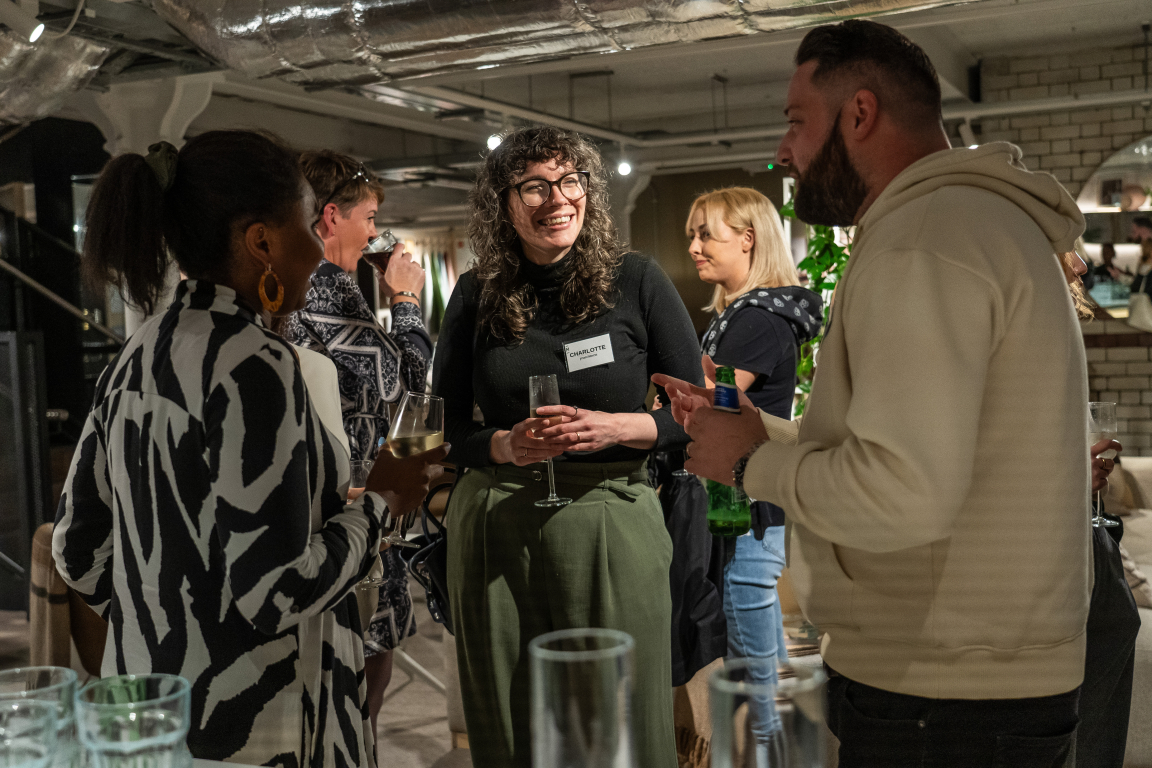
Credit: Tim Ainsworth
We'd like to say a huge thank you to our panellists and audience. Plus a special thank you to our sponsors CDUK, Concept Cubicle Systems, Forbo - all partners at both Material Source Studio Manchester and Glasgow. Click here to see all our upcoming events and seminars - we look forward to welcoming you again soon.


